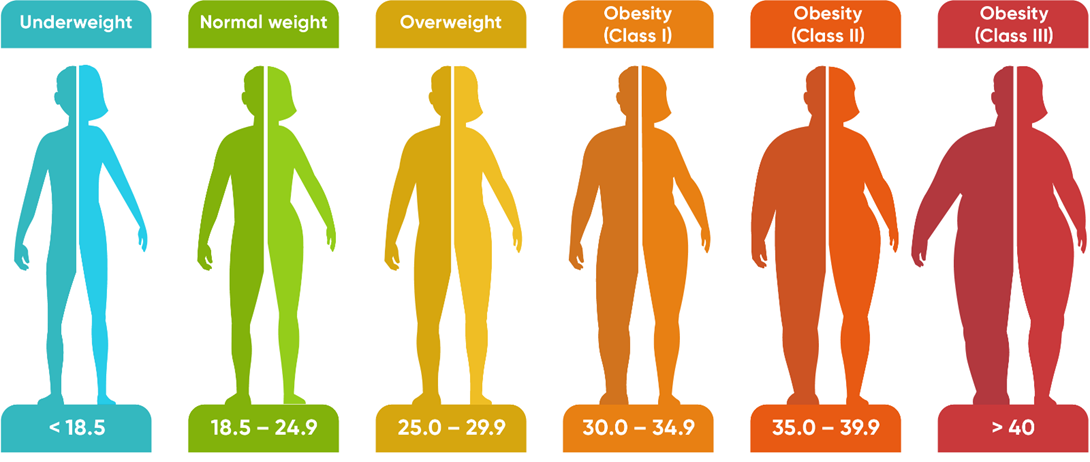A nurse is assessing a client who is in the second trimester of pregnancy and has a BMI within the expected reference range. Which of the following assessment findings indicates that the client will gain weight within the expected reference range?
Weight gain of 0.45 kg (1 lb) per week
Intake of 200 extra calories per day
Intake of 100 extra calories per day
Weight gain of 0.91 kg (2 lb) per week
The Correct Answer is B
Choice A reason: Weight gain of 0.45 kg (1 lb) per week is not within the expected reference range for a client who is in the second trimester of pregnancy and has a normal BMI. The recommended weight gain for this client is 0.35 to 0.5 kg (0.8 to 1 lb) per week.
Choice B reason: Intake of 200 extra calories per day is within the expected reference range for a client who is in the second trimester of pregnancy and has a normal BMI. The recommended caloric intake for this client is 2200 to 2900 calories per day, which is about 340 to 450 calories more than the pre-pregnancy intake.
Choice C reason: Intake of 100 extra calories per day is not within the expected reference range for a client who is in the second trimester of pregnancy and has a normal BMI. The recommended caloric intake for this client is 2200 to 2900 calories per day, which is about 340 to 450 calories more than the pre-pregnancy intake.
Choice D reason: Weight gain of 0.91 kg (2 lb) per week is not within the expected reference range for a client who is in the second trimester of pregnancy and has a normal BMI. The recommended weight gain for this client is 0.35 to 0.5 kg (0.8 to 1 lb) per week.

Nursing Test Bank
Naxlex Comprehensive Predictor Exams
Related Questions
Correct Answer is B
Explanation
Choice A reason: Setting a weight loss goal is an important step in the weight management process, but it is not the first action the nurse should take. The nurse should first assess the client's readiness and willingness to change, as well as the factors that motivate the client to lose weight.
Choice B reason: Identifying the client's motivation is the first action the nurse should take, as it helps the nurse to tailor the interventions to the client's needs and preferences. The nurse should explore the client's reasons for wanting to lose weight, such as improving health, appearance, or self-esteem, and use them as positive reinforcement.
Choice C reason: Discussing behavior modification is a key component of weight management, but it is not the first action the nurse should take. The nurse should first identify the client's motivation and then help the client to develop realistic and specific goals and strategies to change their eating and physical activity habits.
Choice D reason: Referring the client to a dietitian is a helpful action, but it is not the first action the nurse should take. The nurse should first identify the client's motivation and then collaborate with the dietitian to provide individualized and evidence-based dietary advice and education to the client.
Correct Answer is A
Explanation
Choice A reason: Fried chicken is an acceptable choice for a client who is taking tranylcypromine, a monoamine oxidase inhibitor (MAOI). MAOIs can cause a hypertensive crisis if the client consumes foods that are high in tyramine, such as aged cheeses, cured meats, smoked fish, and fermented products. Fried chicken does not contain tyramine and is safe to eat.
Choice B reason: Salami is not an acceptable choice for a client who is taking tranylcypromine, as it is a cured meat that is high in tyramine. The nurse should advise the client to avoid salami and other similar foods, such as pepperoni, ham, bacon, and sausage.
Choice C reason: Smoked salmon is not an acceptable choice for a client who is taking tranylcypromine, as it is a smoked fish that is high in tyramine. The nurse should advise the client to avoid smoked salmon and other similar foods, such as herring, anchovies, and caviar.
Choice D reason: Cheddar cheese is not an acceptable choice for a client who is taking tranylcypromine, as it is an aged cheese that is high in tyramine. The nurse should advise the client to avoid cheddar cheese and other similar foods, such as blue cheese, Swiss cheese, and Parmesan cheese.
Whether you are a student looking to ace your exams or a practicing nurse seeking to enhance your expertise , our nursing education contents will empower you with the confidence and competence to make a difference in the lives of patients and become a respected leader in the healthcare field.
Visit Naxlex, invest in your future and unlock endless possibilities with our unparalleled nursing education contents today
Report Wrong Answer on the Current Question
Do you disagree with the answer? If yes, what is your expected answer? Explain.
Kindly be descriptive with the issue you are facing.
